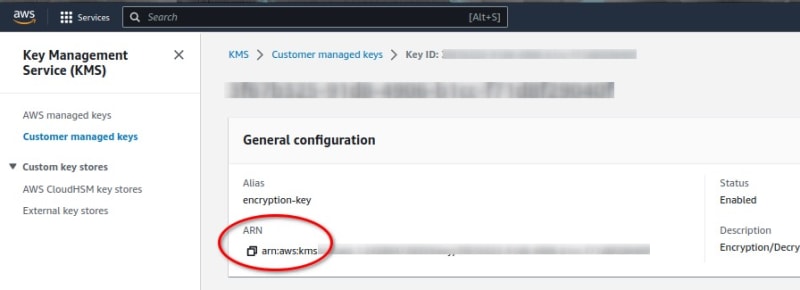Introduction:
In the vast expanse of the digital world, two primary entities stand out: websites and web apps. Understanding their distinctions is crucial for navigating the online landscape effectively. Let’s explore the disparities between these platforms and illustrate their unique characteristics through practical examples.
1. Traditional Websites: A Gateway to Information and Branding
Objective: Traditional websites serve as gateways for marketing, branding, and information dissemination.
Example: Consider the official website of Apple, showcasing their products through visually captivating designs and compelling narratives.
Key Features: Emphasis on design creativity, engaging content, and user-friendly navigation.
2. Dynamic Web Apps: Tailored Experiences and Functionality
Objective: Web apps are designed to offer tailored experiences and specific functionalities to users.
Example: Explore YouTube, a dynamic web app that dynamically fetches content from its database, offering personalized recommendations and interactive features.
Key Features: Focus on user interaction, intuitive design, and efficient task execution.
3. Research and Development: Crafting User-Centric Experiences
Approach: Building web apps requires extensive research, user experience considerations, and validation of ideas.
Example: Compare the development process of Wikipedia (a traditional website) with that of Google (a dynamic web app) to understand the depth of research and user-centric design involved.
Key Elements: Understanding target audience, competition analysis, and performance optimization.
4. Design Philosophy: Balancing Creativity and Functionality
Approach: Designing a web app emphasizes simplicity, functionality, and mobile responsiveness.
Example: Analyze the clean and intuitive design of Google’s search interface, optimized for quick access and seamless user interaction.
Key Aspects: Streamlined layouts, intuitive navigation, and mobile-friendly interfaces.
5. Implementation Challenges: From Concept to Deployment
Process: Developing web apps involves complex coding, iterative testing, and ongoing maintenance.
Example: Contrast the development timeline of a standard website with that of a dynamic web app like YouTube, highlighting the extended timeframe and continuous updates required.
Key Considerations: Technical requirements, scalability, and post-deployment management.
Conclusion:
In the digital realm, traditional websites and dynamic web apps serve distinct purposes, each catering to diverse user needs and objectives. By understanding their disparities and examining real-world examples, we can navigate the digital landscape with clarity and purpose, leveraging the strengths of each platform to achieve our goals effectively.




